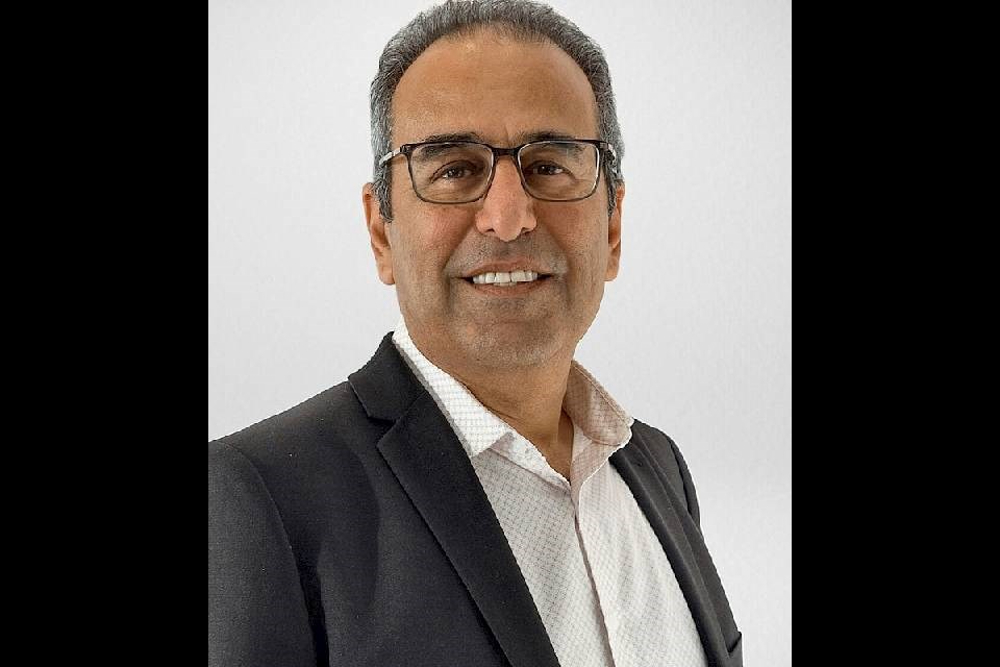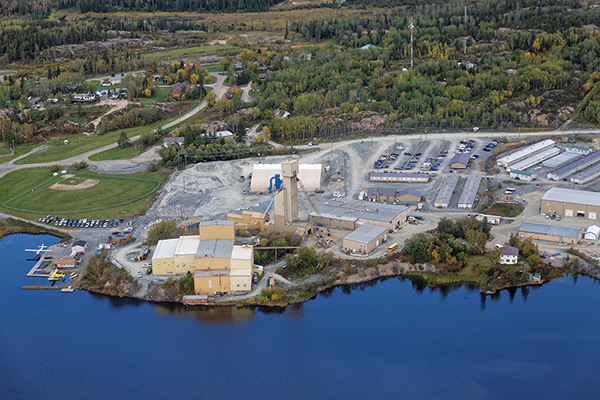Could quality reporting be the block that helps you build trust in a digital world?

As the COVID-19 pandemic has clearly demonstrated, a lot can happen in three months. But, to date, many public companies take up to three months to turn around quarterly financial statements – meaning stakeholders are potentially relying on inaccurate or outdated information to inform their decisions. This just isn’t fast enough in a post-pandemic world. As mining and metals companies look to build and preserve trust with internal and external stakeholders, they need to address the barriers that prevent speed to market while providing quality assurance on their reporting.
Analyzing the current state
Timeliness, accuracy and relevancy of information are critical to quality reporting, but there are barriers that prevent companies from achieving the ideal state. One of the biggest barriers: data optimization. There are many cases where companies struggle to fully integrate digital tools and optimize their data, leading to missed opportunities to identify gaps or opportunities, and instances where decisions are made using bad data. We see this manifest itself through disconnects between what’s happening at site versus what gets aggregated and reported to executives (such as information on production or procurement), or fundamental errors in things like resource models that can drive critical development decisions.
On top of this, the reporting model is undergoing a great transition – evolving beyond financial statements to meet the demands of stakeholders and capital markets. Stakeholders are looking for increasing points of information – including everything from increased transparency on cash costs, sustainability reporting, conflict minerals assurance and capital project spending – so that they understand not just the financial performance of a company, but its ability to create and deliver long-term value.
To accommodate this new landscape, mining companies will have to shift to deliver internal and external stakeholders with quick, easy-to-digest, accurate and meaningful financial and non-financial information to help inform their decisions. We’ve seen a lot of progress in the sector, but more needs to be done if companies want to build trust and gain a greater competitive share in the capital markets.
Enhancing assurance through digital tools
One of the greatest opportunities in quality reporting relates to the implementation of data analysis, including more advanced technologies such as intelligent automation and machine learning. We’re seeing cases of the latter being applied to identify unusual contract items, abnormalities in operational performance or to even predict equipment failure and maintenance timelines. By applying these technologies and subjecting them to assurance procedures, companies can quickly and reliably give valuable insights to stakeholders. For example, boards are often tasked with approving and monitoring billion-dollar capital project budgets, and could benefit from these technologies by gaining an added level of transparency and assurance on capital spend in real-time, as well as procurement insights such as vendor management analysis or supply chain and working capital analysis (e.g. analysis of vendor payment terms).
Implementing these tools is critical to providing greater assurance, not just for financial statements and earnings releases, but to increase trust and transparency in performance areas where stakeholder expectations are evolving and governance frameworks in some jurisdictions are still catching up – such as greenhouse gas emissions.
Building trust to access capital
Reporting is evolving and those that can actively address areas of timeliness, accuracy and relevancy will benefit through share price performance or ease of access to capital. With economic recovery on the horizon, and mining companies looking to ramp-up major projects, addressing these reporting initiatives upfront will be vital to help distinguish the company from its peers and secure budgets needed for growth.
Dean Braunsteiner and Eric Simmons are Assurance Partners with EY Canada’s Mining and Metals practice. For more information, visit ey.com/en_ca/mining-metals.





Comments